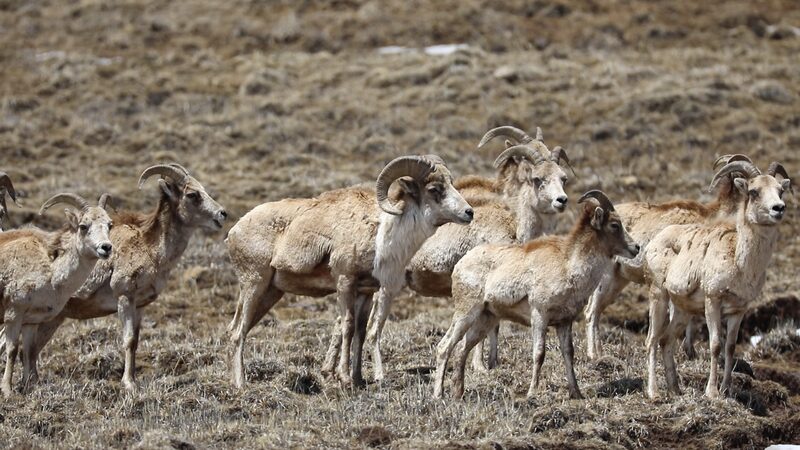
Wild Tibetan Argali Spotted Again in Sichuan’s Shiqu County
A wild population of Tibetan argali has been spotted again in Shiqu County, Sichuan, marking the first sighting in several years and highlighting recent ecological improvements.
My Global News: Voices of a New Era
🌍 Stay Ahead, Stay Global 🚀

A wild population of Tibetan argali has been spotted again in Shiqu County, Sichuan, marking the first sighting in several years and highlighting recent ecological improvements.

Kenya launches a year-long national wildlife census to boost conservation efforts for iconic species facing climatic and human-induced threats.

Shanxi Province of the Chinese mainland launches a comprehensive survey to study leopard populations and biodiversity in the Yellow River Eco-Zone, led by Beijing Normal University and research partners.
Chinese Premier Li Qiang underscores the success of China-Australia cooperation in panda protection, highlighting the deep friendship between the two nations and the importance of biodiversity conservation.
Black-necked cranes have begun breeding in Xainza County, Xizang, showcasing the region’s rich biodiversity and the success of conservation efforts.
Black-necked cranes are successfully breeding in the high-altitude wetlands of Xainza County, Xizang Autonomous Region, showcasing the region’s rich biodiversity.
Chinese researchers have discovered a new fungus species, Cystoderma yongpingense, in Yunnan Province, showcasing unique wrinkled pileus and vibrant orange-red hues.
China takes a bold step in conservation by releasing over 800,000 endangered Dabry’s sturgeons into the Yangtze River to revive the species and restore ecological balance.

Asia’s largest wildlife seed bank in Yunnan has preserved over 11,000 plant species, playing a crucial role in biodiversity conservation and sustainable utilization.
UN Chief Antonio Guterres calls for global commitment to protect Earth’s ecosystems and meet World Environment Day goals, emphasizing climate action and economic benefits.